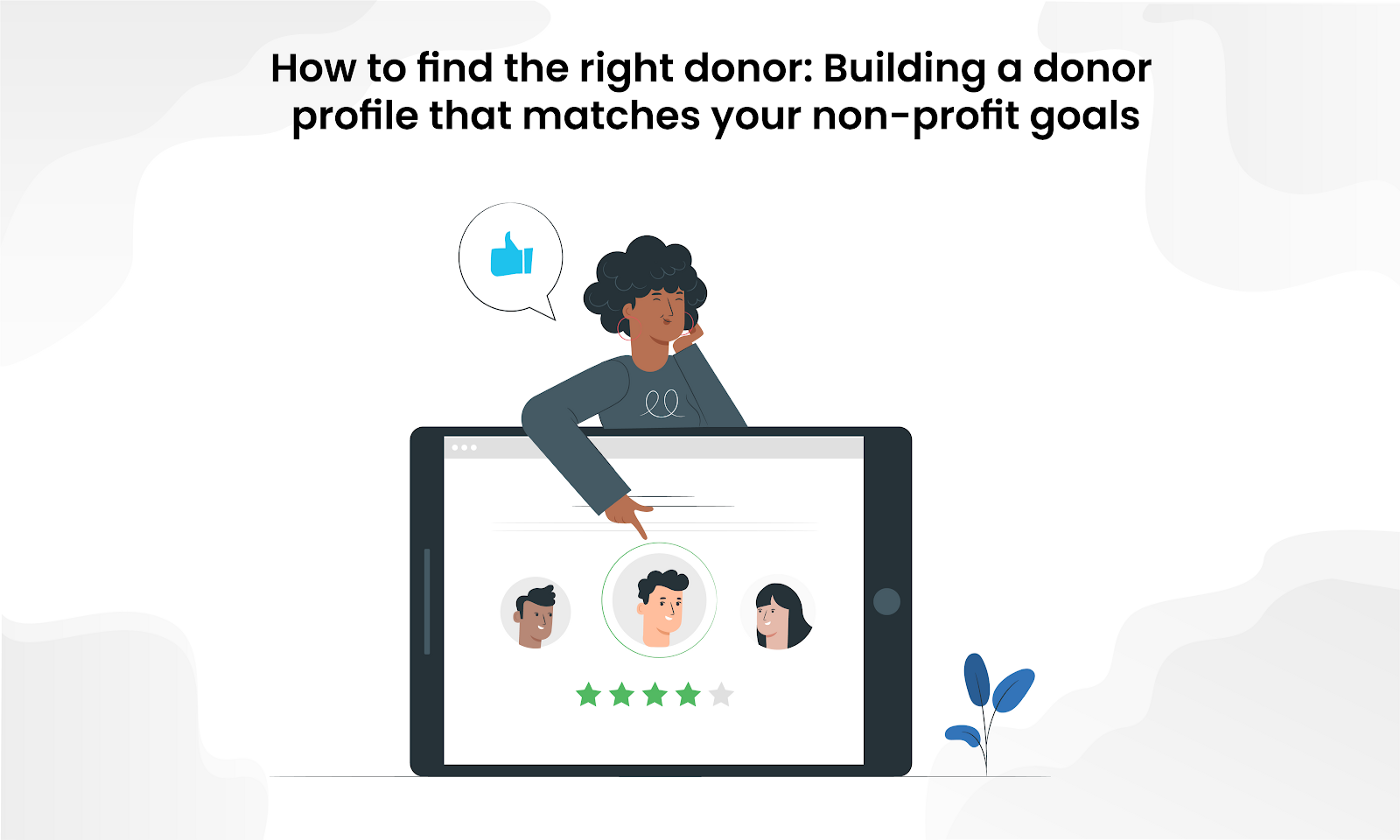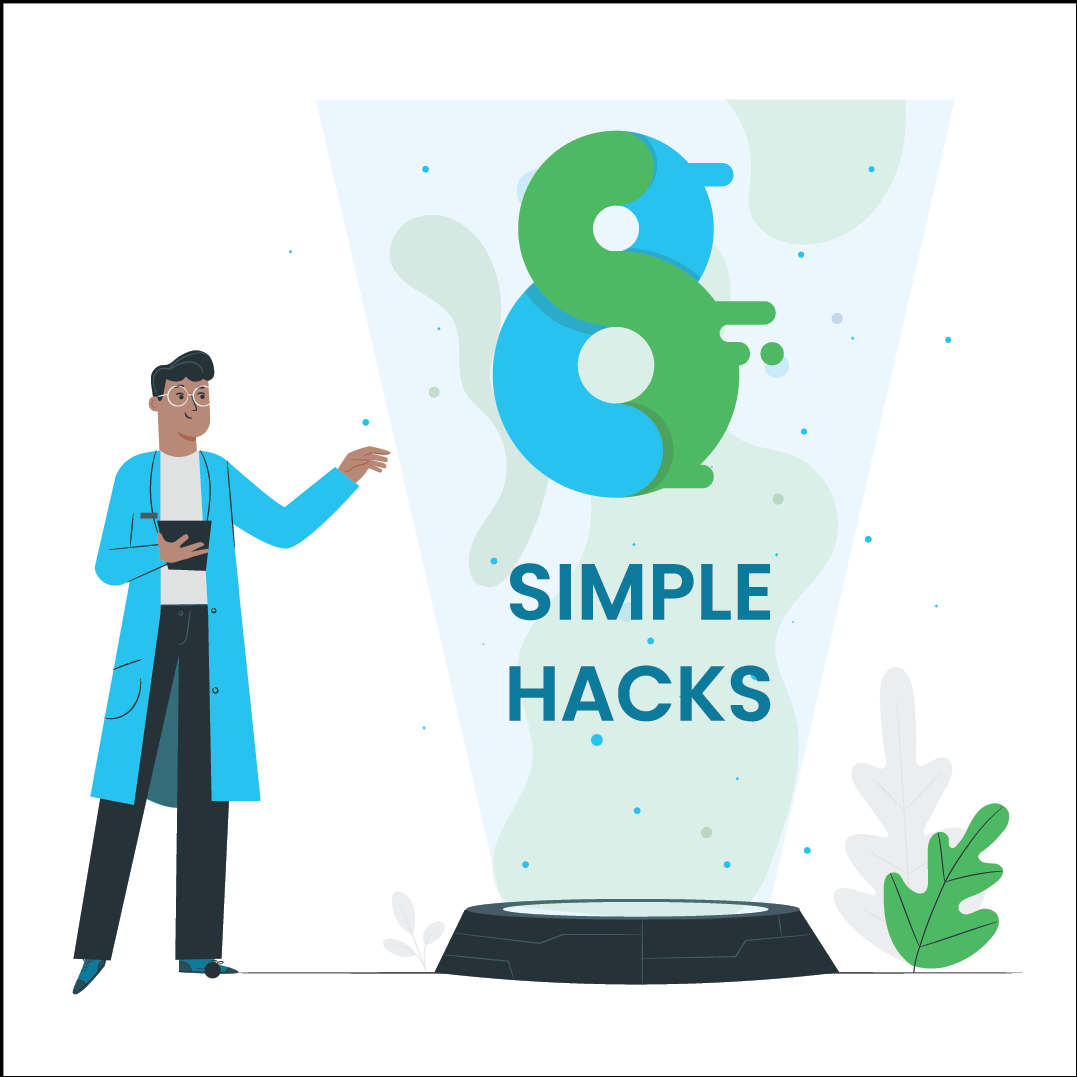How to find the right donor: Building a donor profile that matches your non-profit goals

The struggle is real, and so is the hustle.
Being a non-profit is not just about having a cause and working towards it. It is also about strategies, goal setting, and ROI calculations.
Yes, there are numbers attached to each step because it takes no time for passion to exit from the back gate when subjected to the dearth of funds. Hence, getting the foundation right is really important, which simply translates to finding the right donors in accordance to your non-profit’s goals.
In this article by Billion Lives, we will walk you through the seven stages of building donor profiles in a way that automation, efficiency, and sustenance can be guaranteed.
So without waiting much, let’s get started!
7 Stages — Several Donors — Impeccable Fund Flow
Yes, we know that you know the cause that you want to work for. However, your cause has to be supplemented with short term and long-term goals and plans so that tangible results can be drawn out of them. For this, you have to make it a practice to connect with all the stakeholders of the non-profit and decide upon the means to meet the ends (goals). This will help you in understanding the kind of donors you would need to achieve what has been planned for.
Hence, goal setting is a crucial part of the game.
Family, friends, or other philanthropists — Whoever has contributed towards your cause adds to your initial data for analysis.
All you have to do is to maintain a CRM that has proper segments and sections indicative of your existing donors. This will eventually help you in mapping the personalities of the right donors for your non-profit.
Once you have the foundational data built from the existing donor’s profiles, you have to align that with your goals to get out the numbers involved. Confusing? Let us make it simple for you.
Suppose your existing data says that donors usually donate $10,000/year to your organization on an average. And your current requirements state that you need $100,000/year. So all you have to find is the right set of donors with a higher income bracket to reach your yearly goals early.
Hence, your existing data + goals/plans = Finding the metrics about your donor’s persona.
Sometimes whatever you have been thinking/projecting can go upside down depending on the situation of the economy and society. For example, organizing offline donation campaigns is now nearly impossible during COVID-19. This simply means your territories and strategies have to change according to the situation.
For this, it is always wise to look up to some successful non-profits and find methodologies that have worked for them. Once you have the list of such strategies, just compile them and find the mix that suits you the best!
To help you start with this step, here are some pointers that might help:
- Make your marketing strategy wide-ended. Try to target people with various income brackets to create a pool of resources to match your quarterly averages. For this, you can run ‘similar audience’ ads on Facebook and Instagram to optimize the cost of finding new donors.
- You can always pitch your cause in various ways and A/B test what works for your non-profit.
- Give an emotional touch to your cause while talking about the numbers.
- Make retargeting your best friend. Send emails, messages, and reminders so that the ones who are already interested in your cause can come back to your non-profit time and again.
- Provide value to the donors. Conduct live sessions and webinars so that the prospects can connect to the cause.
This step needs a special mention. When you are planning to target new donors and building personas for the same, it is essential for you to realize that A/B testing is important.
Test for the following:
- Types of donors
- Types of campaigns
- Modes of communication channels
- Types of marketing strategies
- ypes of ad campaigns etc
To understand what works and does not work for you. Also, with A/B testing you can analyze how well your goals and projections align.
Too many glitches = Time to repeat the whole process of goal setting and persona building Fair Results = You are going in the right directionYou know half of your problems can be solved if you can make technology your best friend. Building a donor persona, spreading a word, understanding what works and what does not — Everything from A TO Z can be automated with the power of technology.
Examples
- Leverage Billion Lives to structure your non-profit’s work and communications
- Leverage Social Media polls to set fair expectations
- Leverage LinkedIn to build connections with people responsible for CSR funds for big organizations.
That is how Automation, Network, And Social Media can actually help you in building a donor’s persona, reaching the right people, and procuring enough funds.
This is not basically a step or a stage but just a suggestion — The way that economy has changed in recent times, you cannot rely much on your past experiences and future expectations. Hence, it is always appreciated to look beyond what you think is the right way and experiment as much as possible.
Oh, hey! With this, our 7-stage list of ‘How to find the right donors for your non-profit’ comes to an end.
Make sure that you give a few hours every quarter to revisit all your strategies and plans. This not only helps you to sustain but also keeps you away from getting obsolete for the world of philanthropy.
To know more about how BillionLives can help you with donor management, learn here.




